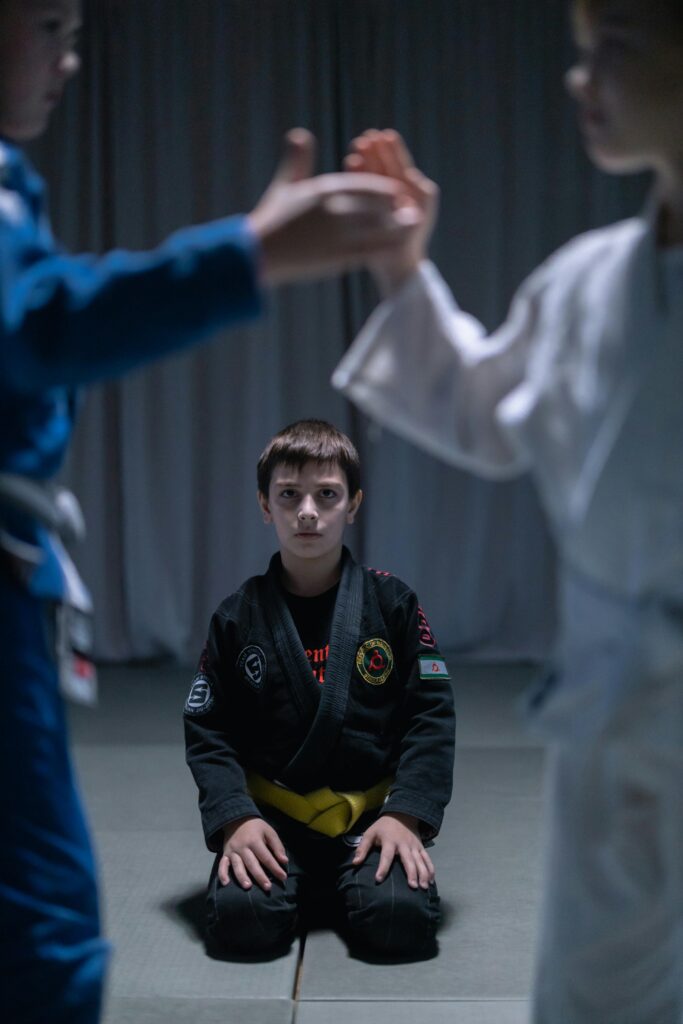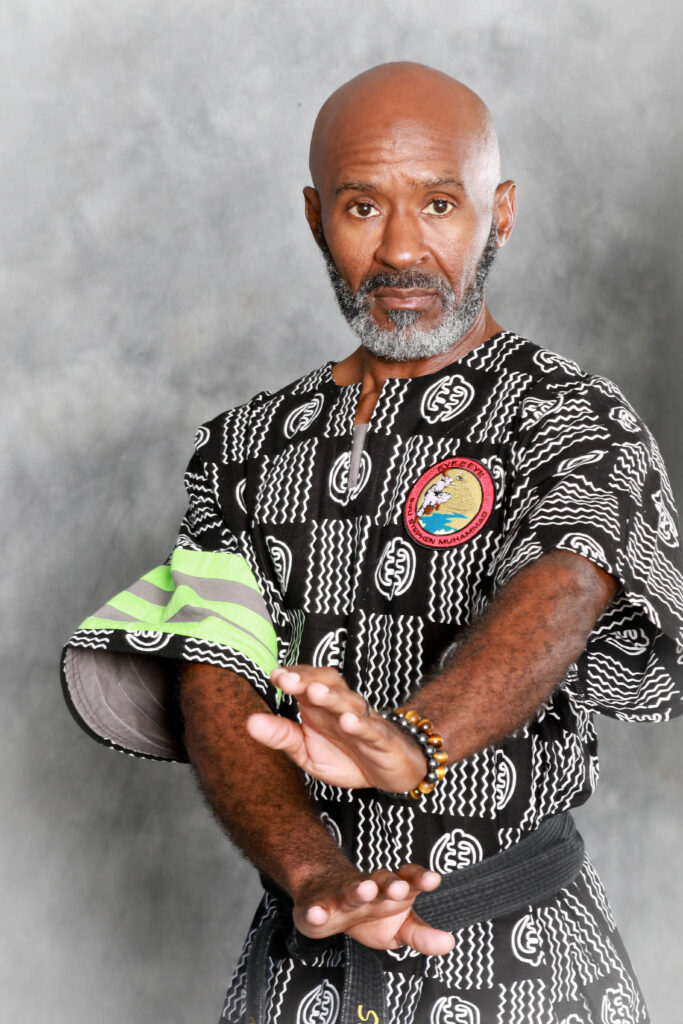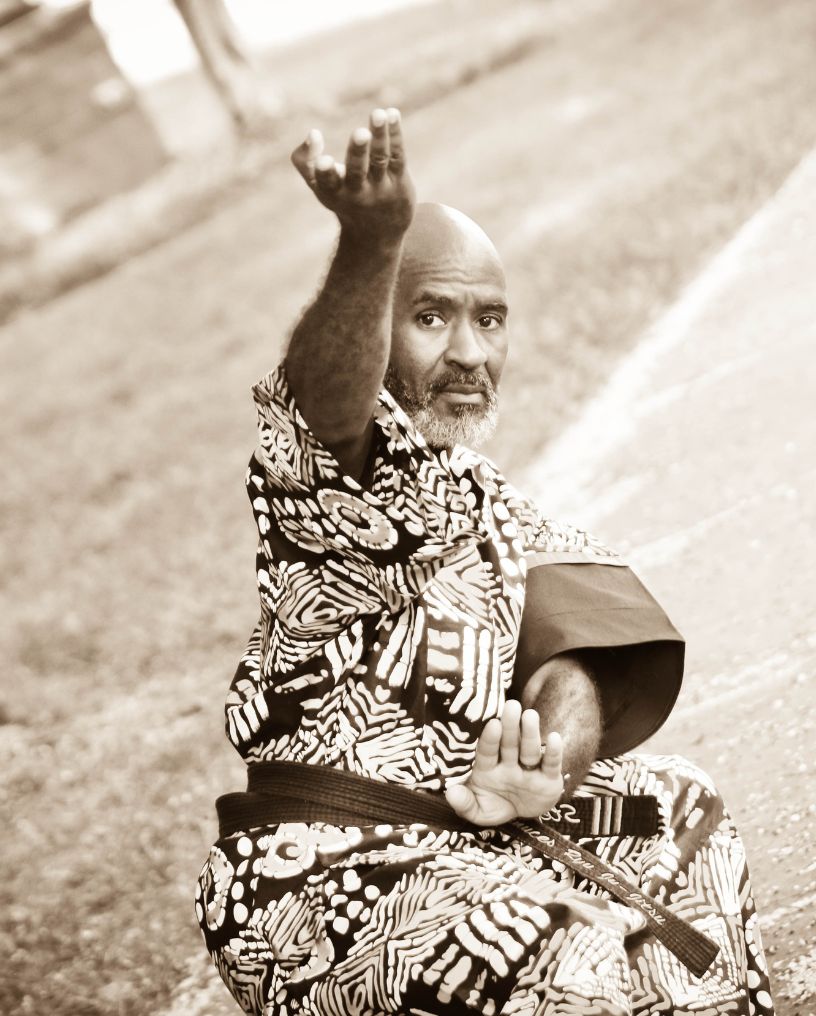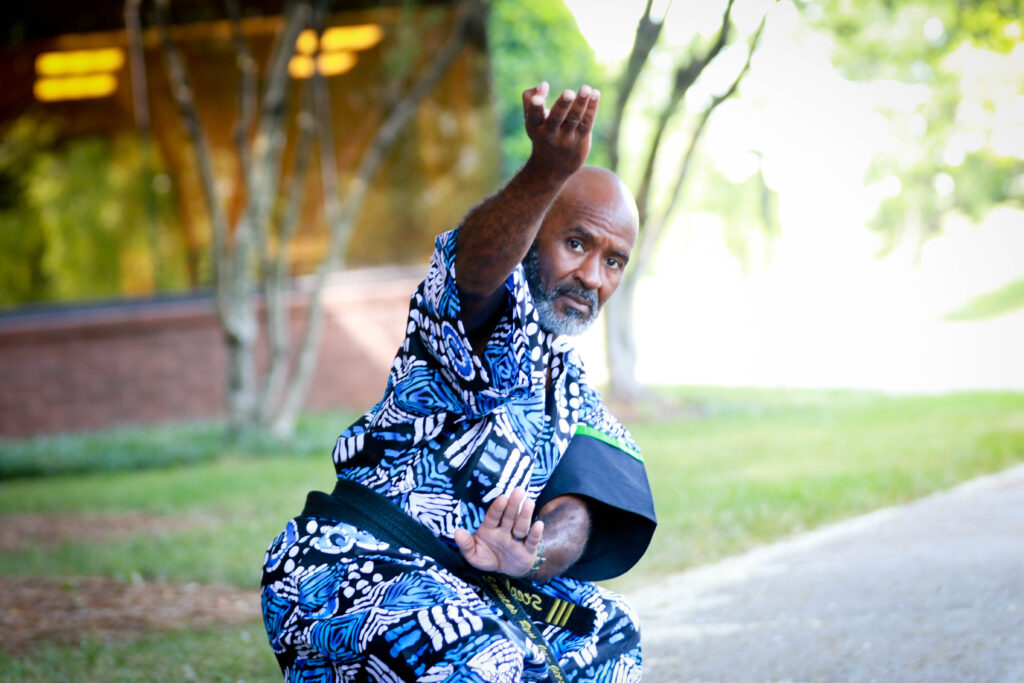Defending yourself from someone with a gun can be one of the most terrifying scenarios to face. But having the right knowledge and skills can make all the difference in how you respond.
In this guide, you’ll learn how to use improvised weapons to protect yourself and potentially save your life. It’s not about being fearless—it’s about being prepared, resourceful, and smart.
Let’s dive into how to defend yourself from someone with a gun.
The Reality of Self-Defense Against a Gun
When you’re confronted by someone with a gun, it’s easy to feel powerless. The thought alone can be paralyzing. But here’s the thing—having a plan and staying prepared can dramatically change the outcome.
Most people instinctively freeze or panic in such situations, but training yourself to act decisively can help you take control when it matters most.
Common Misconceptions About Gun Defense
Movies make disarming an armed attacker look like a breeze. But in reality, there’s no choreographed safety net. You don’t need to be a martial arts black belt, but you must have practical techniques and a clear understanding of how to act effectively.
Confidence, paired with quick and calculated movements, can mean the difference between surviving and becoming a victim.
The Importance of Situational Awareness
Surviving a dangerous encounter starts long before it happens. Being aware of your surroundings can help you avoid trouble altogether. Scan the area you’re in. Where are the exits? What objects could you use to protect yourself or distract someone?
Situational awareness isn’t about being paranoid—it’s about being proactive and staying alert so you can anticipate and respond to potential threats.
The Role of Improvised Weapons
Improvised weapons are your secret advantage in situations where you need to defend yourself. You don’t need fancy or expensive tools—just a bit of creativity and quick thinking.
Everyday items like a pen, a belt, or even a heavy purse can become powerful tools when you use them with intention. These simple objects can give you the opening you need to escape safely.
Everyday Items as Defensive Tools
In emergencies, the tools you need to defend yourself might be right in your pocket, your bag, or even sitting on the table next to you. Improvised weapons don’t require a trip to a specialty store; they’re all around you, waiting to be used effectively.
The Best Improvised Weapons You Already Own
Keys
Hold your keys with one poking out between your fingers. This transforms them into a sharp and effective tool for jabbing in close quarters. It’s simple, quick, and something you’re likely already carrying.
Pens
A sturdy pen, especially one made of metal or hard plastic, can deliver a painful jab to sensitive areas. Keep one in your pocket or bag—it’s a tool for both writing and survival.
Belts
Your belt isn’t just for keeping your pants up. Swing the buckle at an attacker, or use the strap to lash at them from a safer distance. It’s surprisingly effective.
Bags or Backpacks
A heavy bag swung with force can create enough impact to stop someone momentarily. It also works as a barrier between you and the attacker.
Chairs
If you’re seated or near a chair, pick it up and use it as both a shield and a striking tool. A quick push with the chair can knock someone off balance.
Turning Environmental Objects Into Shields
Your environment is filled with items you can use to shield yourself. A trash can lid can block a strike or deflect a weapon. A book or a laptop can become a sturdy shield in a pinch.
These tools don’t just protect you physically; they create space between you and the attacker, buying you precious seconds to plan your next move or make an escape.
Carrying Items With Intent
If you’re heading somewhere you feel might be risky, think about the items you bring along. A flashlight, a sturdy umbrella, or a heavy-duty pen are simple tools that won’t raise suspicion but can give you a tactical edge.
Always make sure these items are allowed where you are. Knowing you’re prepared builds your confidence and keeps you ready for anything.
Techniques for Using Improvised Weapons Effectively
Having an improvised weapon in your hand is only half the battle. To make the most of it, you need to understand how to use it effectively. The right technique can make a small object incredibly powerful.
Distraction Techniques
Distractions can shift the attacker’s focus and give you the upper hand. Toss an object, like a wallet or a shoe, toward their face. The sudden movement will make them flinch, giving you a brief but critical moment to act.
Loud noises, like knocking over a chair or slamming a door, can also create confusion and give you time to escape.
Target Zones on the Attacker
When you’re defending yourself, focus on areas that will stop the attacker quickly. These include:
- Eyes: A jab with a pen or your fingers can disorient them instantly, making it harder for them to focus on you.
- Throat: A quick, targeted strike to the throat can hinder their breathing momentarily, giving you time to move away.
- Groin: This area is especially sensitive, and a strong kick or strike can incapacitate an attacker quickly.
- Knees: A forceful kick to the knee can destabilize them, making it harder for them to pursue you.
Strategies for Close-Range Encounters
When the attacker is within arm’s reach, staying calm is your best weapon. Use your improvised tool in quick, sharp movements. A pen can be jabbed repeatedly; a belt buckle can be swung at vulnerable areas.
These techniques are designed to create pain and confusion, giving you an opportunity to retreat.
Escape Is the Priority
Your goal isn’t to win a fight—it’s to survive and get to safety. Once you’ve disrupted the attacker enough to create distance, run. Head toward a well-lit, crowded area if possible, and call for help.
Report the incident as soon as you’re safe. The faster you act, the more likely it is that authorities can intervene.
Mental Preparation for High-Stress Scenarios
When danger strikes, mental preparation can be the difference between freezing and acting. Staying focused and composed under pressure isn’t something you’re born with—it’s a skill you can build with practice.
Staying Calm Under Pressure
Panic clouds your judgment and slows your reactions, but you can learn to stay composed. Controlled breathing is a simple tool: breathe in deeply for four counts, hold it, then exhale for four counts.
Practicing this technique not only slows your heart rate but also clears your mind, giving you the focus needed to make smart decisions.
Training for Confidence
Preparation builds confidence. When you train with realistic techniques and practice using everyday objects as weapons, you give yourself tools to respond effectively.
Rehearsing scenarios helps your actions feel automatic in a crisis, which can be the edge you need to stay safe.
The Role of Intuition
Your instincts are often your first line of defense. If a situation or person feels off, don’t ignore it. Whether it’s crossing the street to avoid someone or finding the nearest exit, trust your gut.
Practicing situational awareness helps sharpen your ability to notice potential threats early and act decisively.
Legal and Ethical Considerations of Self-Defense
Self-defense is your right, but knowing where the legal and ethical lines are ensures your actions are both justified and effective.
Understanding Self-Defense Laws
The rules around self-defense vary widely, so it’s important to know what applies where you live.
Some areas allow you to stand your ground, while others expect you to try to retreat if it’s safe. Understanding these laws ensures you act within your rights during an encounter.
Ethical Use of Force
In self-defense, your goal is to escape, not to harm unnecessarily. If you can disable an attacker by targeting areas like the knees or throat, it buys you time to get away safely. Striking a balance between protecting yourself and avoiding excessive force is key.
Seeking Support After an Incident
Surviving a self-defense situation can bring emotional and legal challenges. Talking to a counselor can help you process the experience, while consulting a legal professional ensures you handle any potential consequences properly. Support after an incident is as important as preparation before one.
Why Practice Makes a Difference
If you’ve never thought about self-defense before, now is the time to start. Even small efforts can significantly improve your readiness and safety.
Practicing self-defense techniques doesn’t require years of training. Focus on building habits like being aware of your surroundings, identifying exits, and using everyday objects to defend yourself.
With regular practice, you’ll gain the confidence and skills to handle real-world scenarios effectively.
Your Safety Is in Your Hands
Your safety isn’t about being the strongest or the fastest—it’s about being prepared, resourceful, and confident in your ability to respond.
Learning how to defend yourself with improvised weapons is just the start of building a sense of security and control in your life. At Eye2Eye Combat, we’re dedicated to helping you go even further with private defense classes tailored to your needs.
These one-on-one sessions offer practical techniques that fit your lifestyle, body type, and goals. Take the first step toward mastering your safety—book your private training session today and experience how empowering self-defense can be.
FAQs
Can I defend myself with someone else’s gun?
Yes, you can, but only if it’s absolutely necessary to protect your life or someone else’s. However, using someone else’s firearm comes with risks, including legal implications. Always prioritize de-escalation and escape when possible. If you must act, ensure you’re aware of local laws and handle the firearm safely and responsibly.
How do you defend yourself against someone?
Defending yourself starts with staying aware of your surroundings and avoiding dangerous situations whenever possible. If confronted, use techniques to create distance or escape. Improvised weapons, like a pen or a belt, can help. Aim for vulnerable areas like the eyes or knees to disable the attacker. Your goal should always be to get away safely.
What is the best thing to carry for self-defense?
The best self-defense tool is one you’re comfortable using and can legally carry. Items like a heavy-duty pen, a small flashlight, or even your keys can be incredibly effective. If local laws allow, pepper spray or a personal alarm can add an extra layer of protection. Always carry tools you know how to use confidently.
Can you get in trouble for letting someone use your gun?
Yes, you could face legal consequences, especially if the person uses the gun irresponsibly or illegally. In many areas, gun owners are responsible for ensuring their firearms are used safely and lawfully. Always understand your legal obligations and avoid letting others handle your firearm unless it’s absolutely necessary and legally permitted.





